So I attended the Cosmographies Conference at Falmouth University on July 24th & 25th.
My contribution had the title “We Have Never Been Earth” (like modern & like human) and I used some bits and pieces from my work to trace a sort of ecology of space (as in outer).
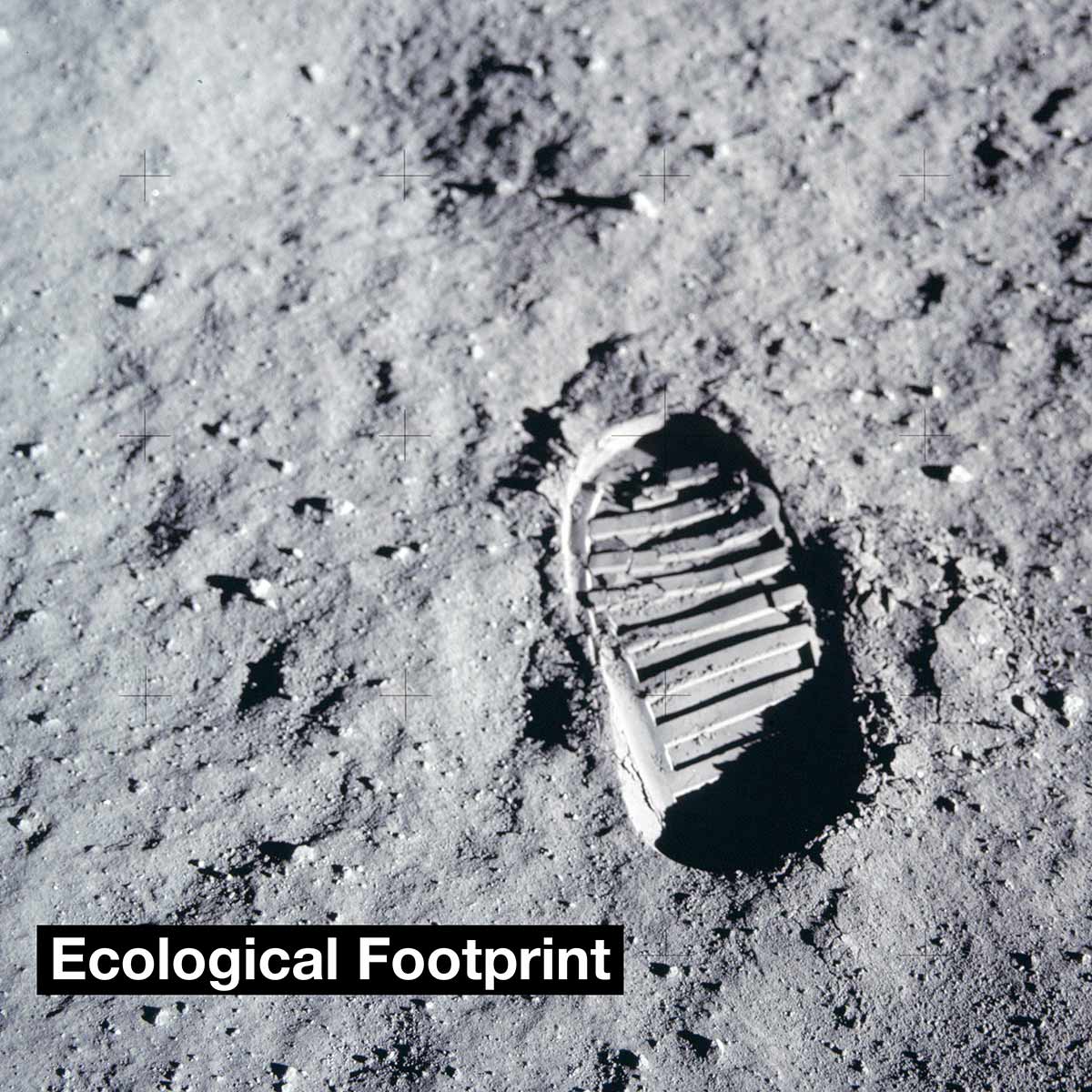
(But as we also heard, outer is out of the game in space contexts.)
It wasn’t only wonderfully organized by Niamh Downing, Dario Llinares & Sarah Arnold, but first of all featured an inspiringly diverse set of speakers with great presentations. Some of the topics were gender and sex in space, the image of the Astronaut, space in TV, documentaries and games from the 50s to now, focuses on Russian, US and Chinese approaches, space paintings, semiotics, laws and property, Coney Island, music, literature and poems,… – for a full list of abstracts visit the site.
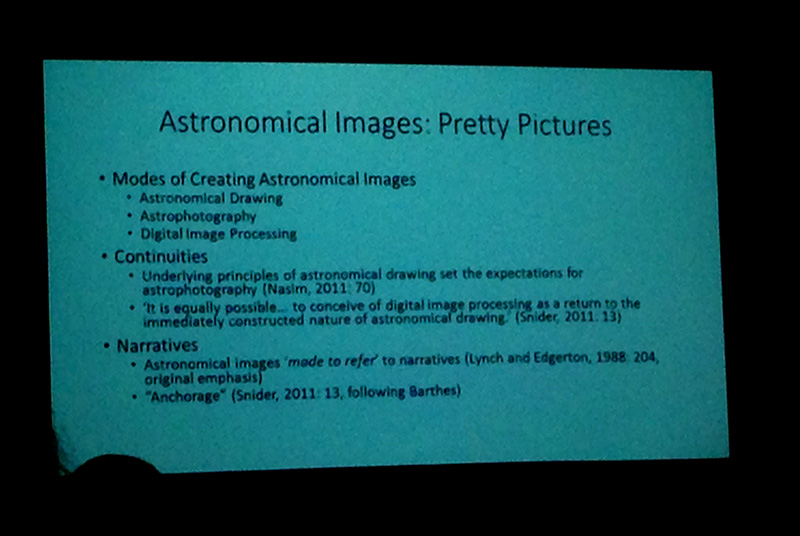
BUT then there was also a wonderful reading by Philip Gross, including this line of his poem “Deep Field” that concluded everything and underlined dark space ecology and so I will definitely make use of this quote sometime soon!
it turns out darkness is the hardest
thing to find
So here’s the abstract of my presentation.
And below some pix that resonate with some of its parts: from Cornwall, the common conference trip to Goonhilly Earth Station and my trip to the strange place that the Eden Project is, and some glimpses from the Science Museum in London.
**********************************************************************
We Have Never Been Earth: Ecologies of Outer Space
Ralo Mayer
the first film studio in France, bootprints on the lunar surface, LSD, Kurt Waldheim, the tallest cliff in the solar system, cyborgs, the L-5 Society, Ronald Reagan, an eBay listing of Sikhote-Alin meteorites, the dissolution of the Soviet Union, Halocaridina rubra, Biosphere 2, the 2008 real estate crisis, bananas, management practices for improving workplace climate, the Whole Earth Catalog, Steve Job’s presentation of the iPhone, polar bears, Al-Qaeda, debris from the Columbia, Cargo Cults
According to object-oriented theories, a list of things is a simple device to non-hierarchically compile objects, be they human or non-human, living or inanimate, real or imaginary. The disparity of elements in lists might also provoke an awareness of the multilayered networks of possible relations between objects.
As outlined in the example above, my presentation will adapt this structure and assemble various elements of my space-related work. Over the past years I have investigated objects like the Shuttle Program or Space Colonies, exploring relationships between outer space, the short history of its exploration and earthly realities, from geopolitical transformations to everyday life. Space is as much a physical fact as it is an imaginary giant screen for human projections, it’s vast and void, yet full of stuff. Or, deliberately misreading Graham Harman: “In short, space is the name for the fact that things fail to be in direct contact without being outside all contact entirely.”
While my practice results in concrete works of art in various media, its conceptual frame is ecology. Following Bruno Latour, ecology is not restricted to so-called „nature“, but includes biological systems as much as social or political relations, chemical reactions, ideas or fictions. I found this claim substantiated during my extensive research about Biosphere 2: built as a test for self-sufficient space settlements, the closed eco-system was an artificial miniature world of interconnecting networks of plants, animals, machines, humans, scientific data, utopian visions, ancient myths, media coverage, and more.
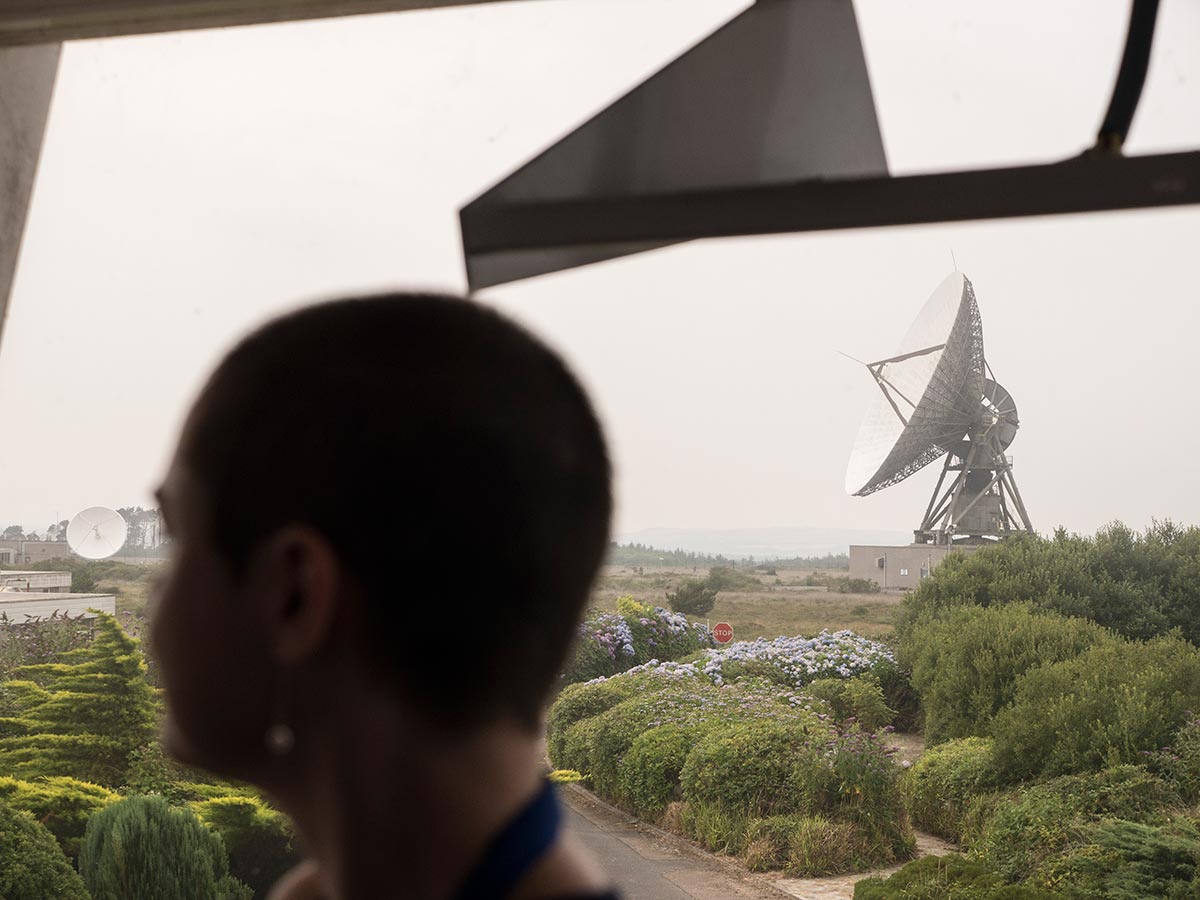
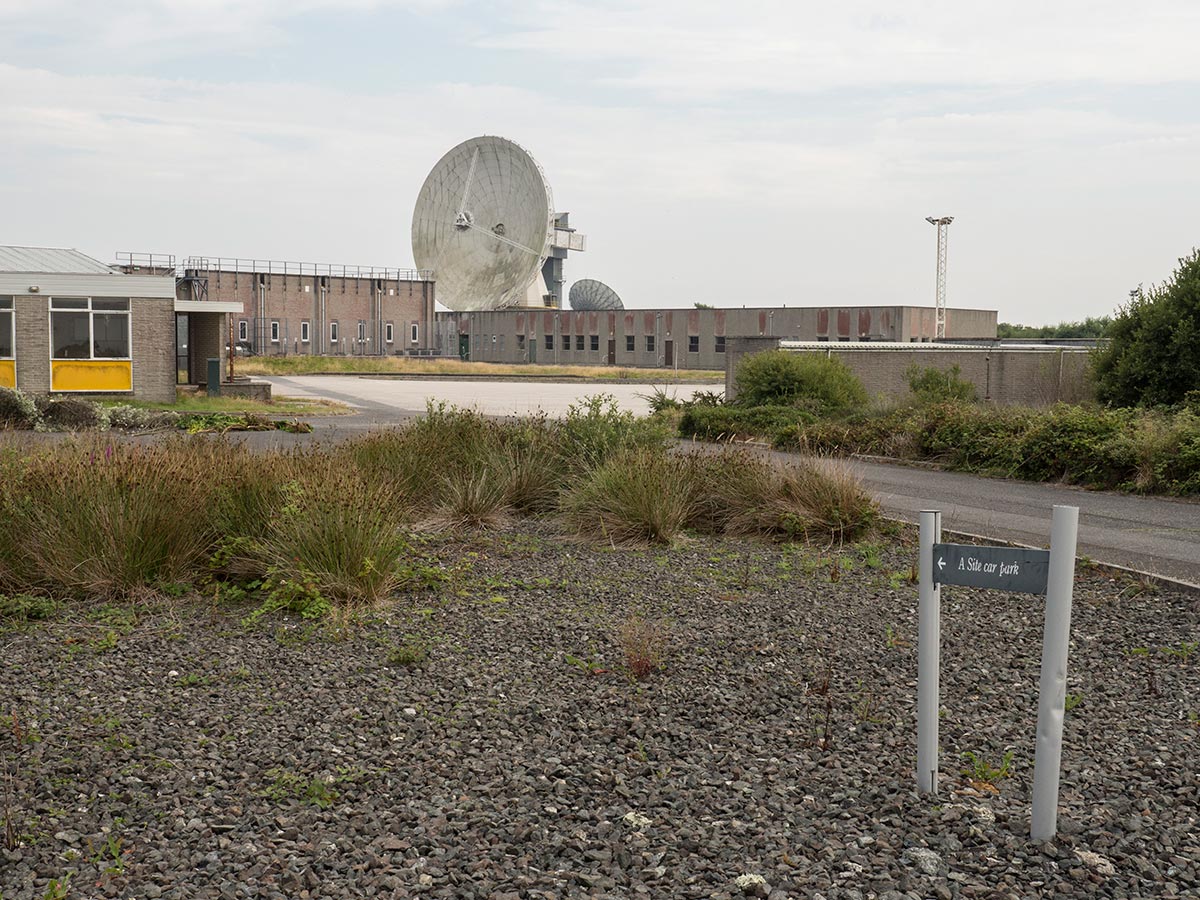
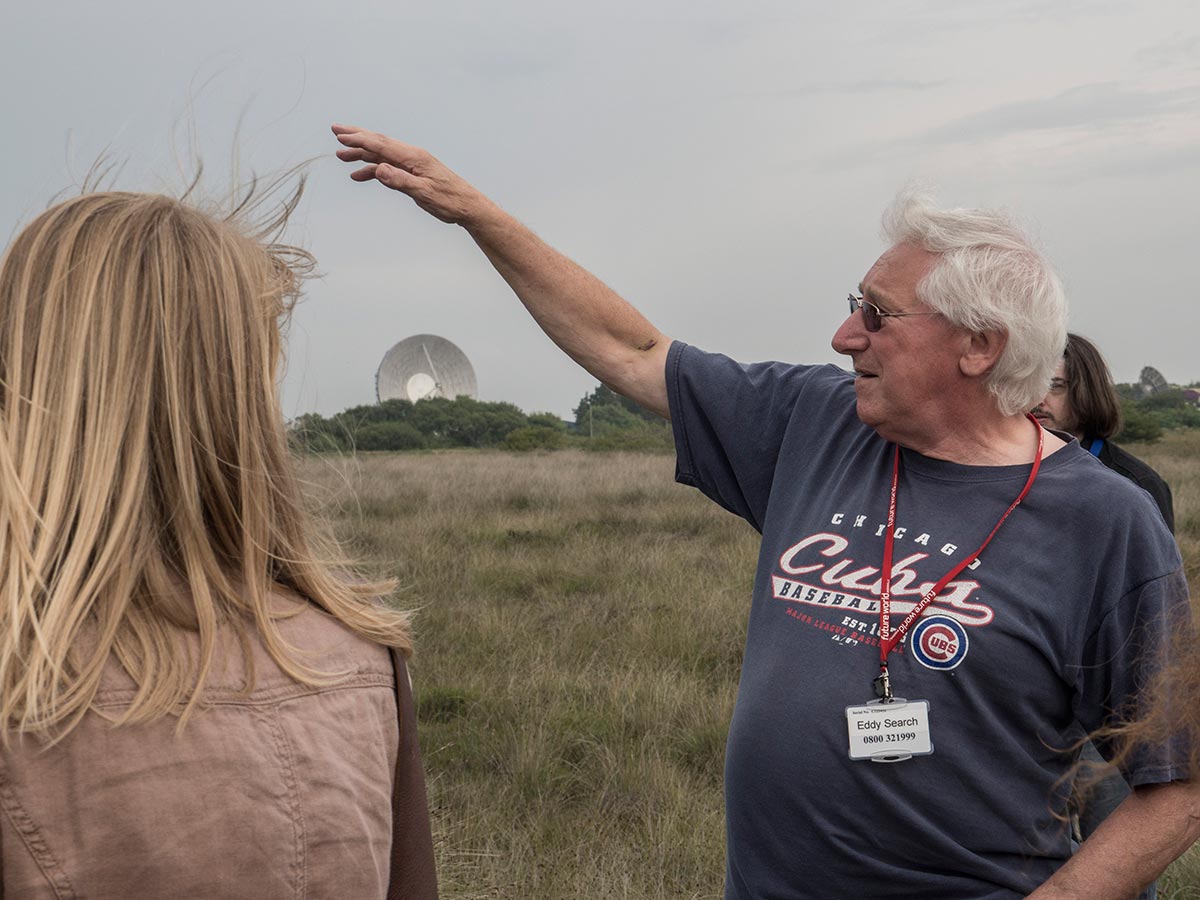
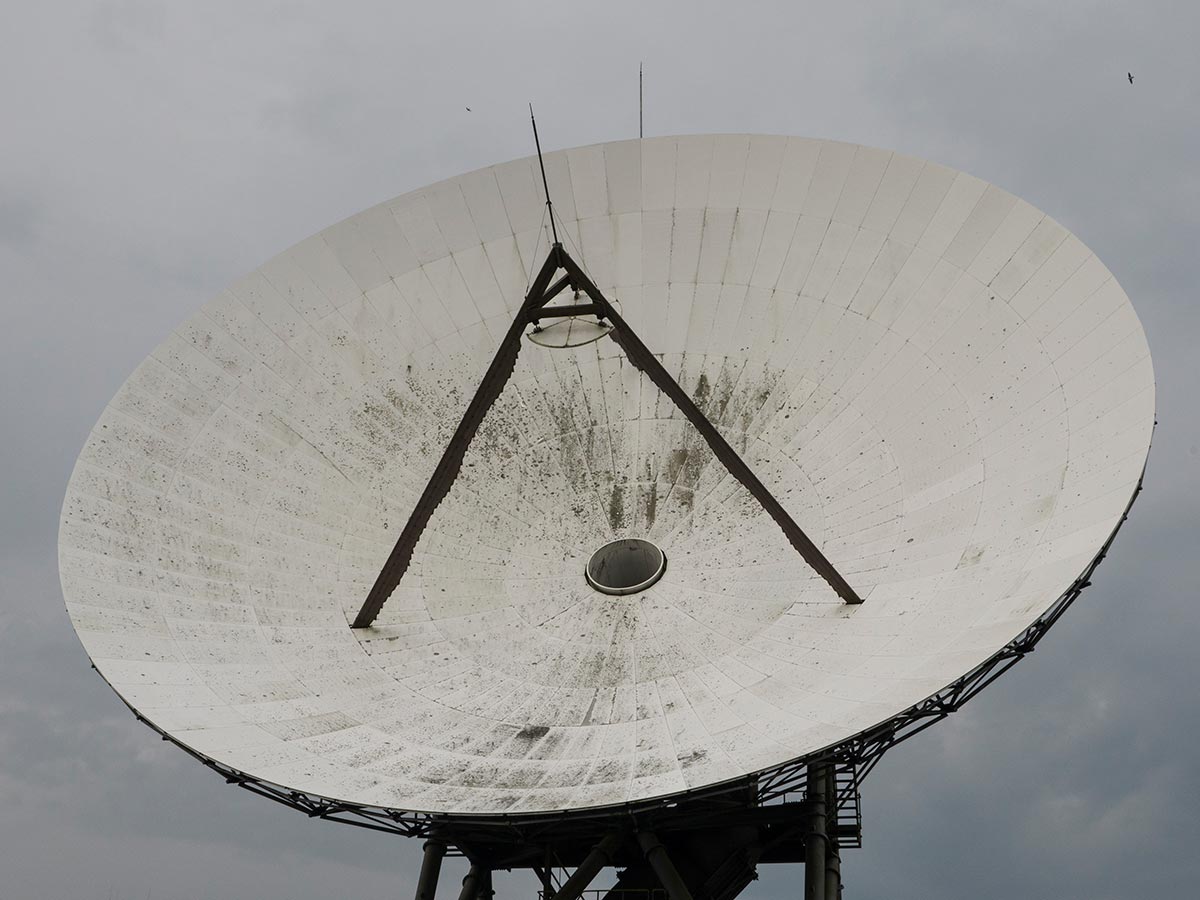
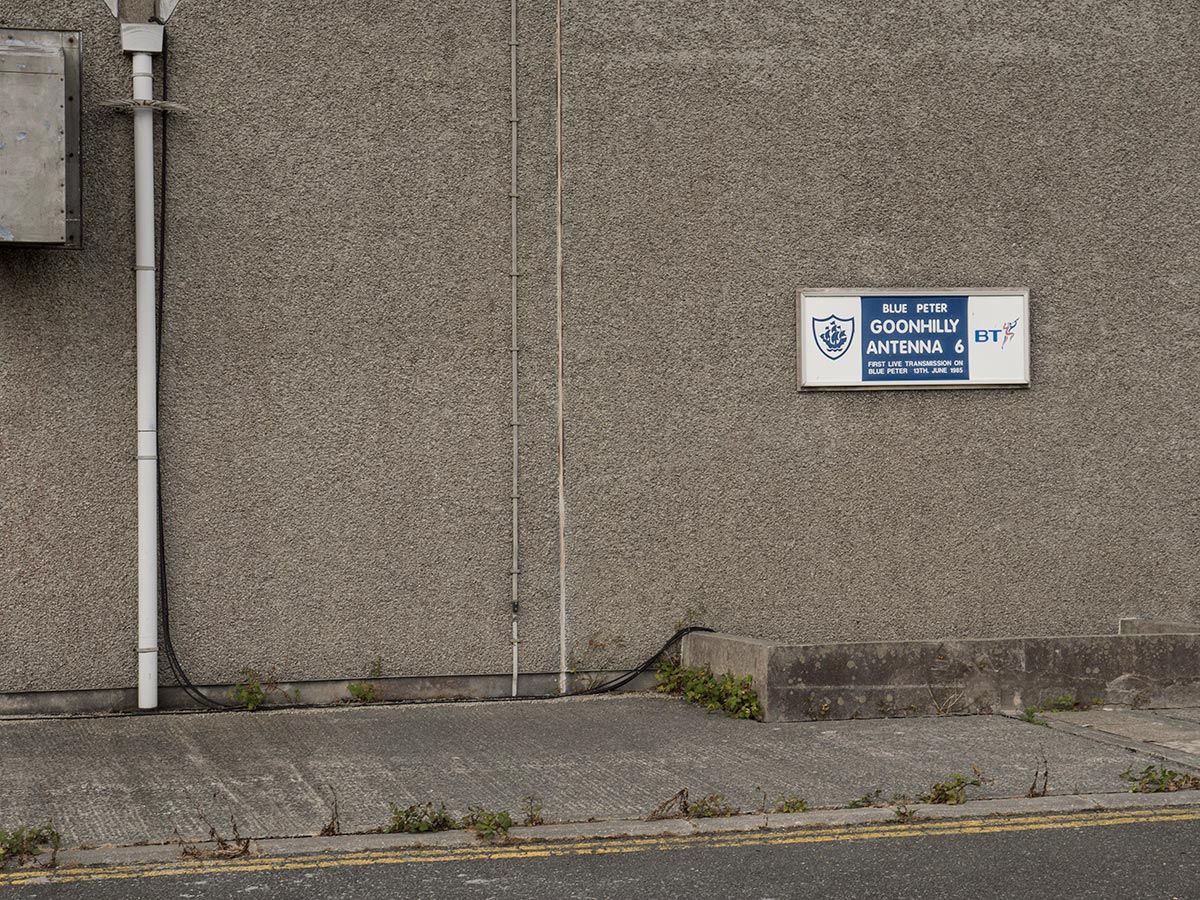
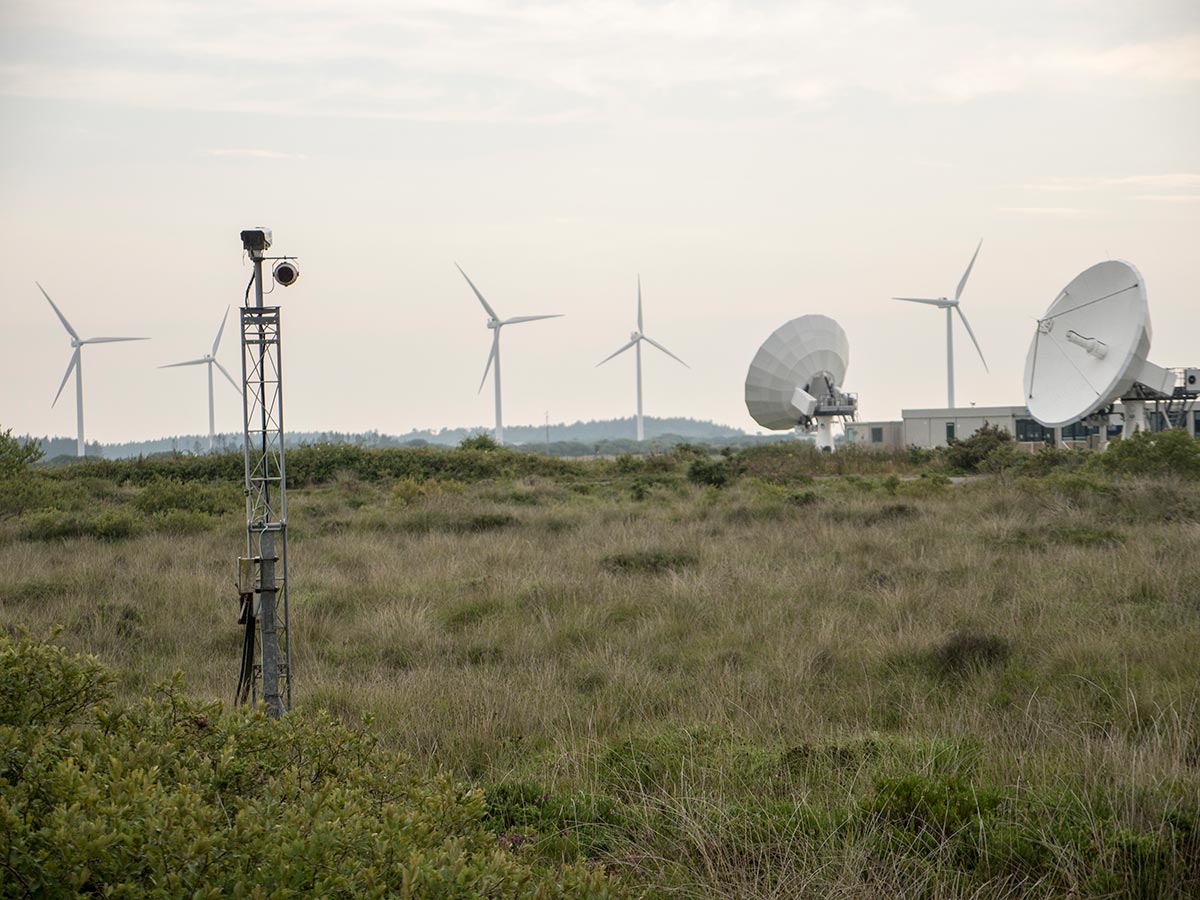
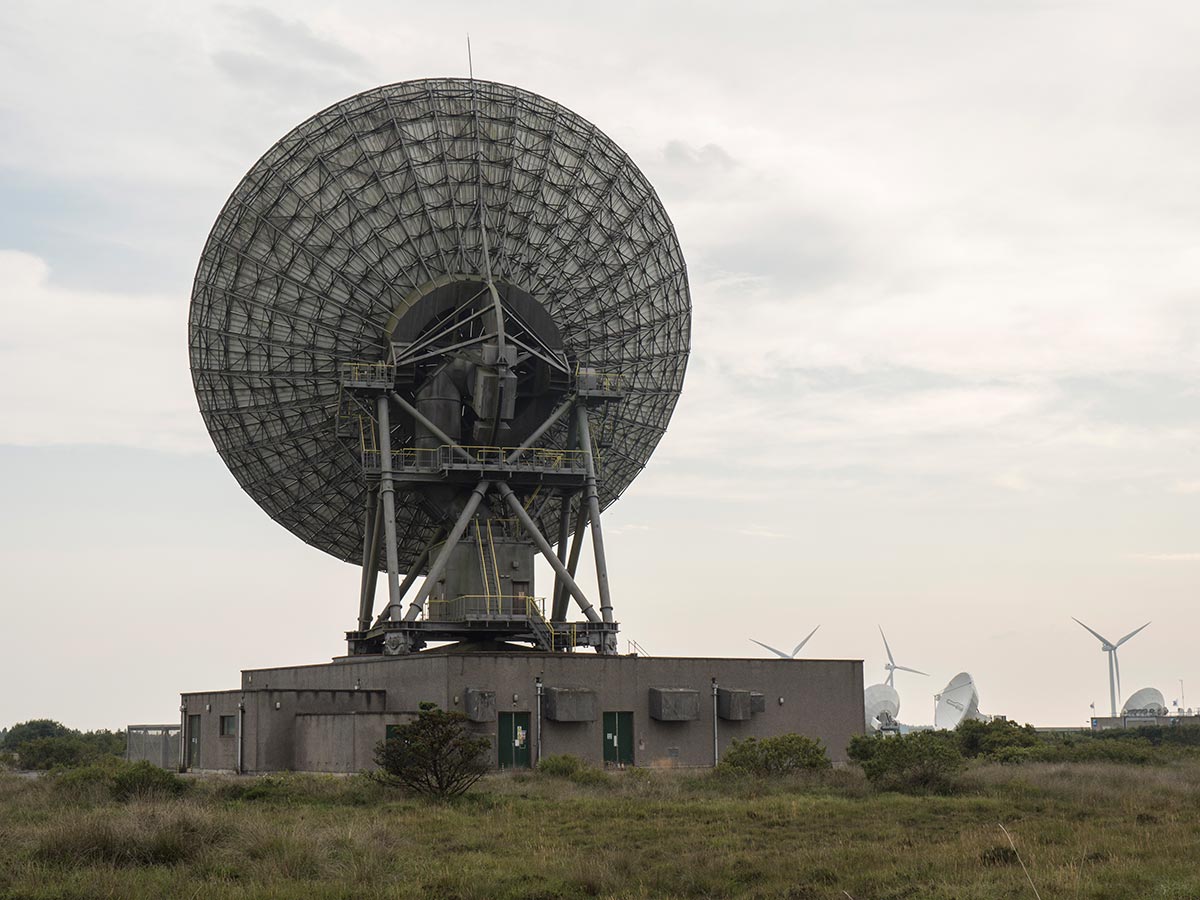
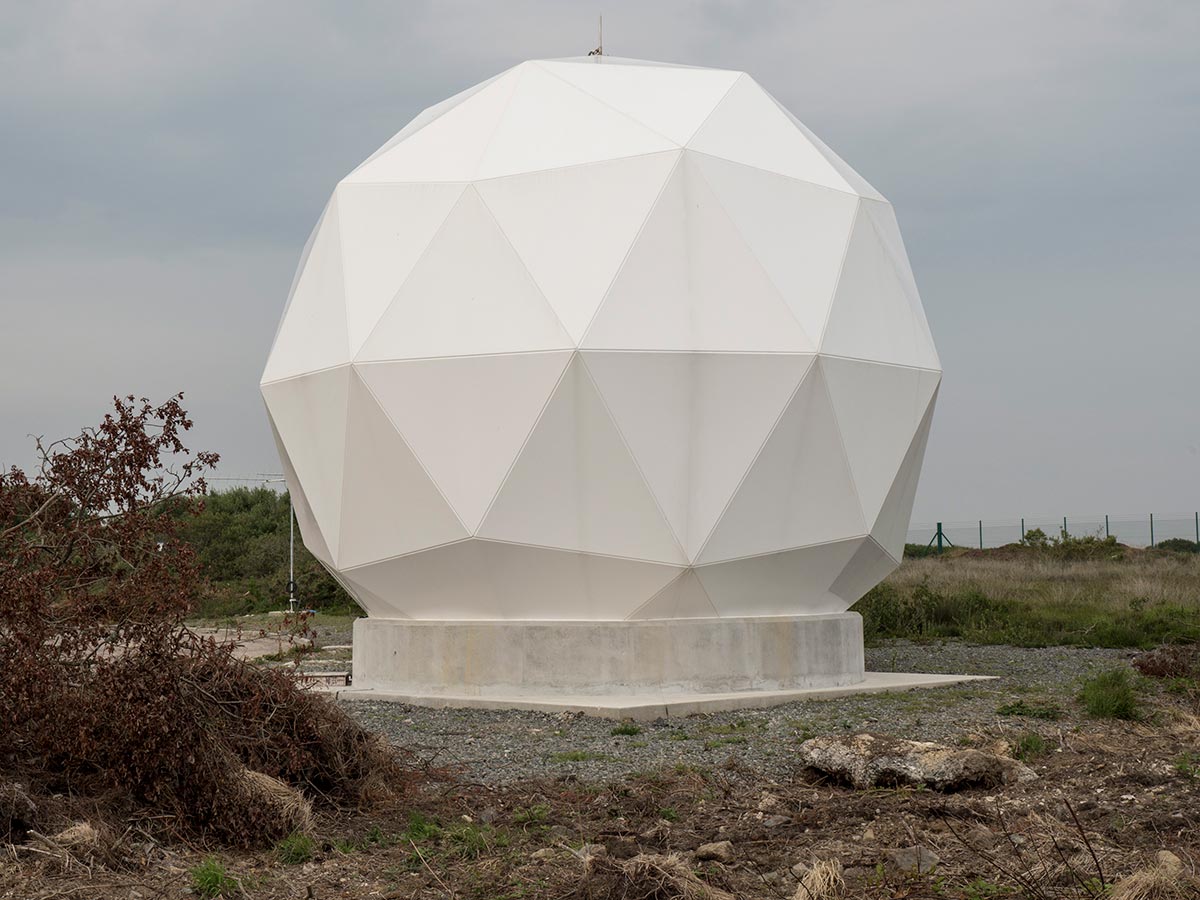
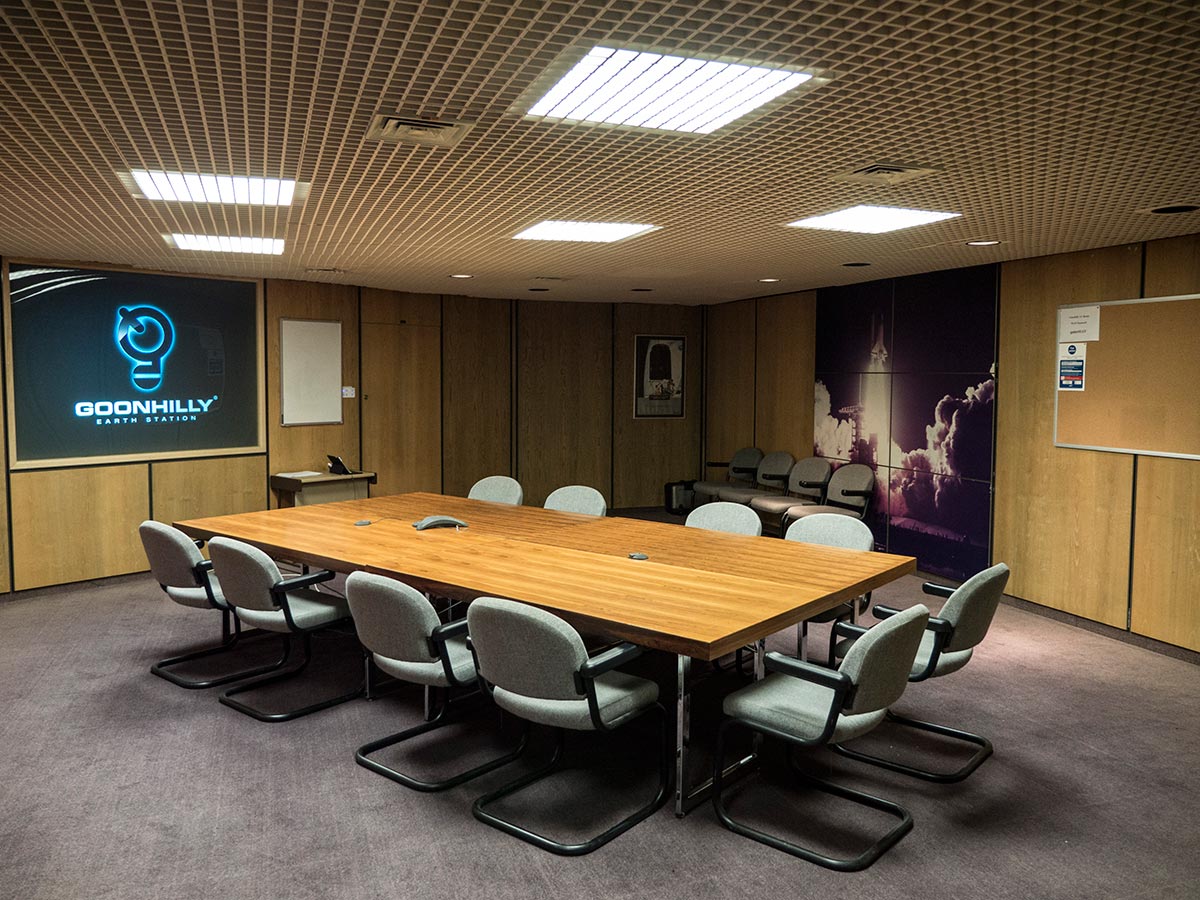
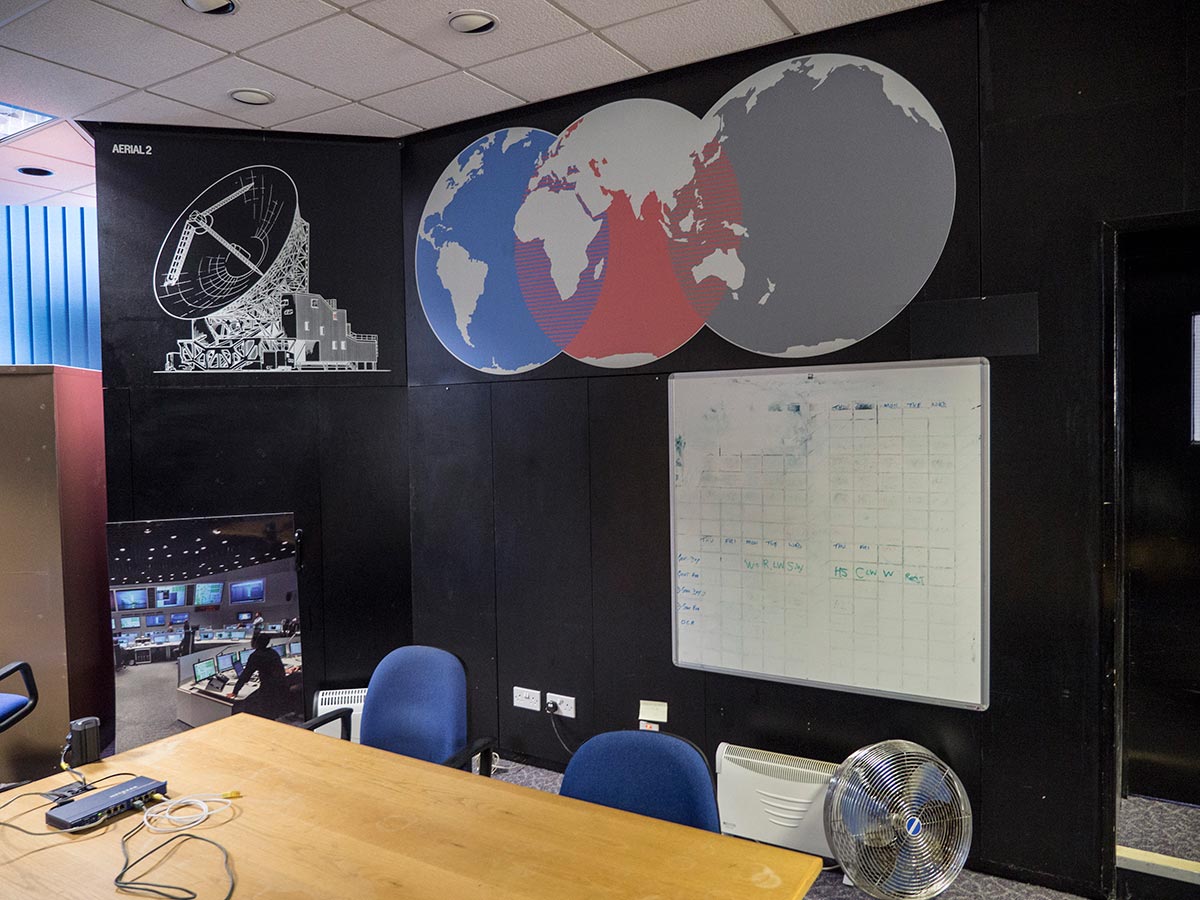

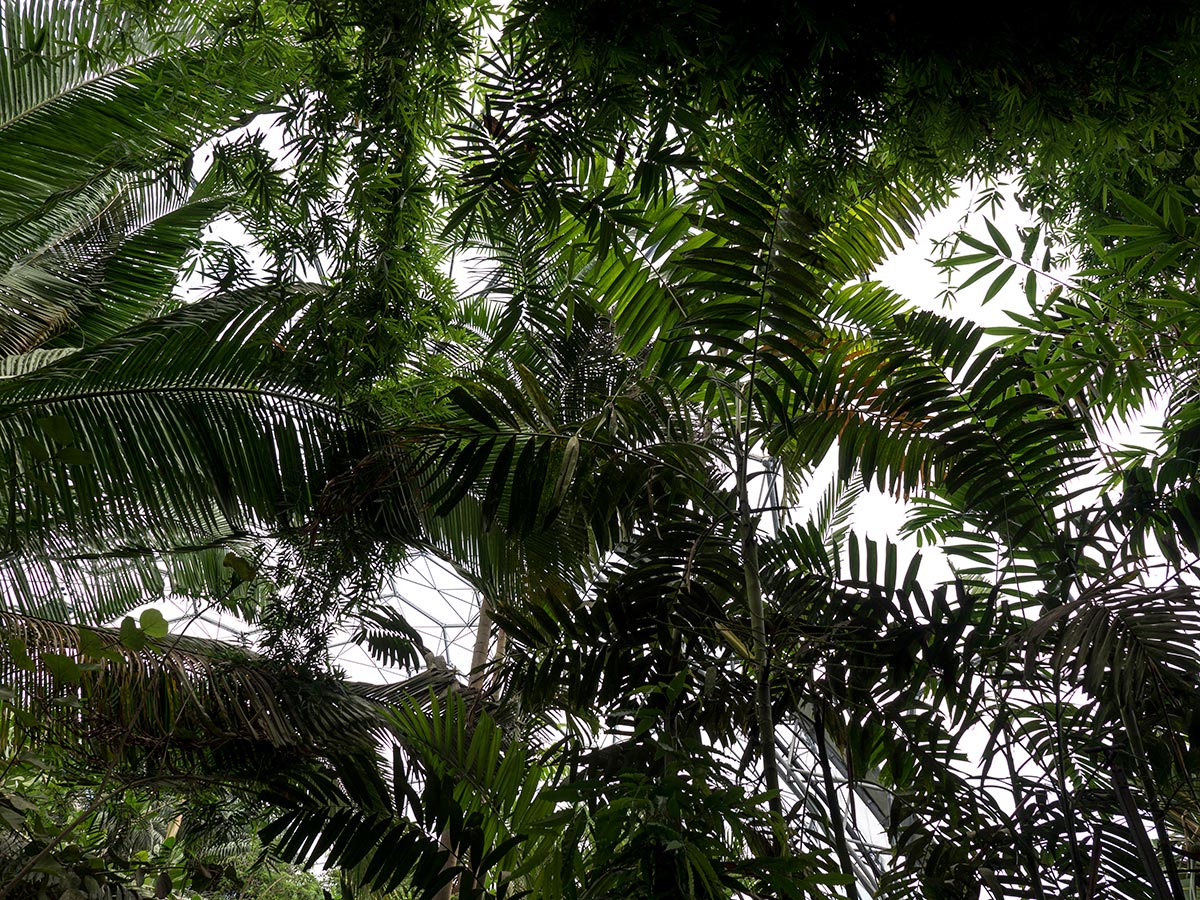

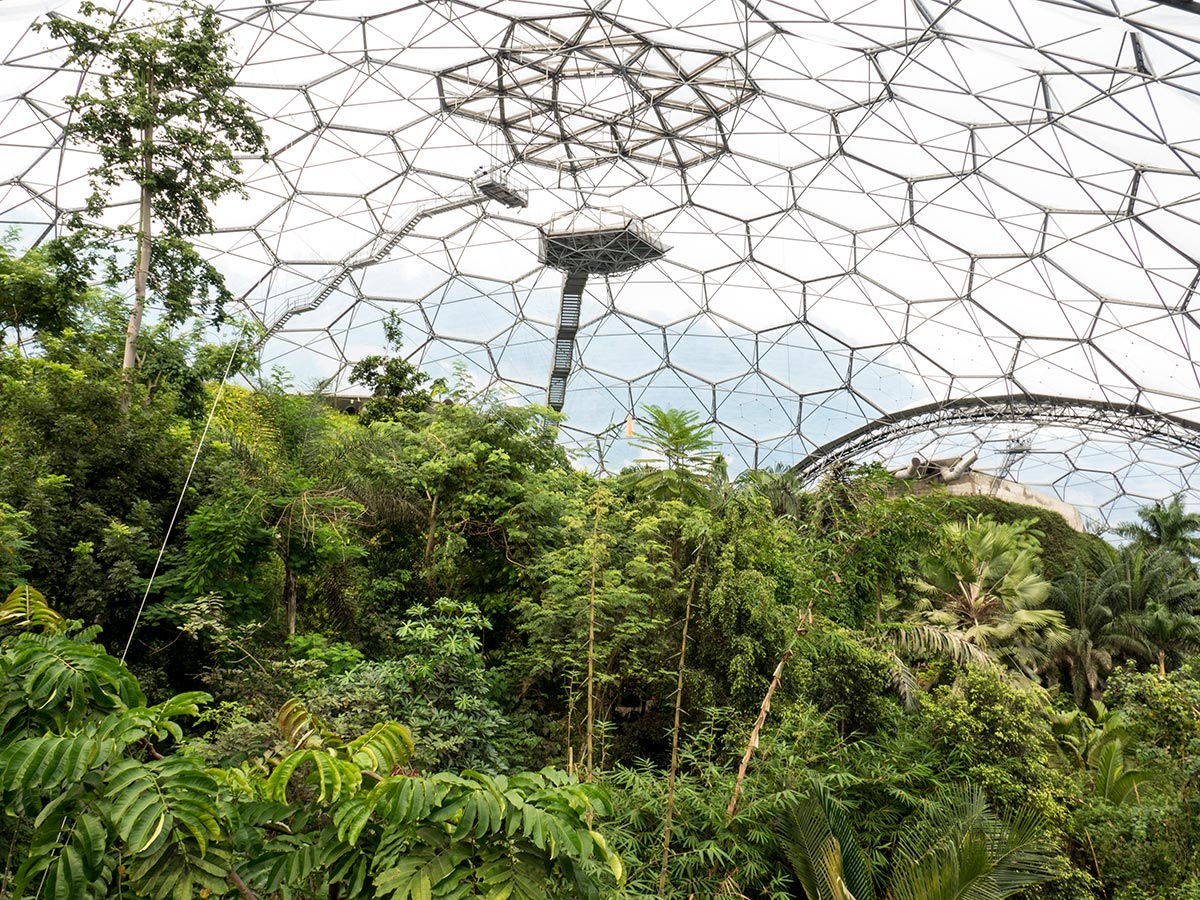
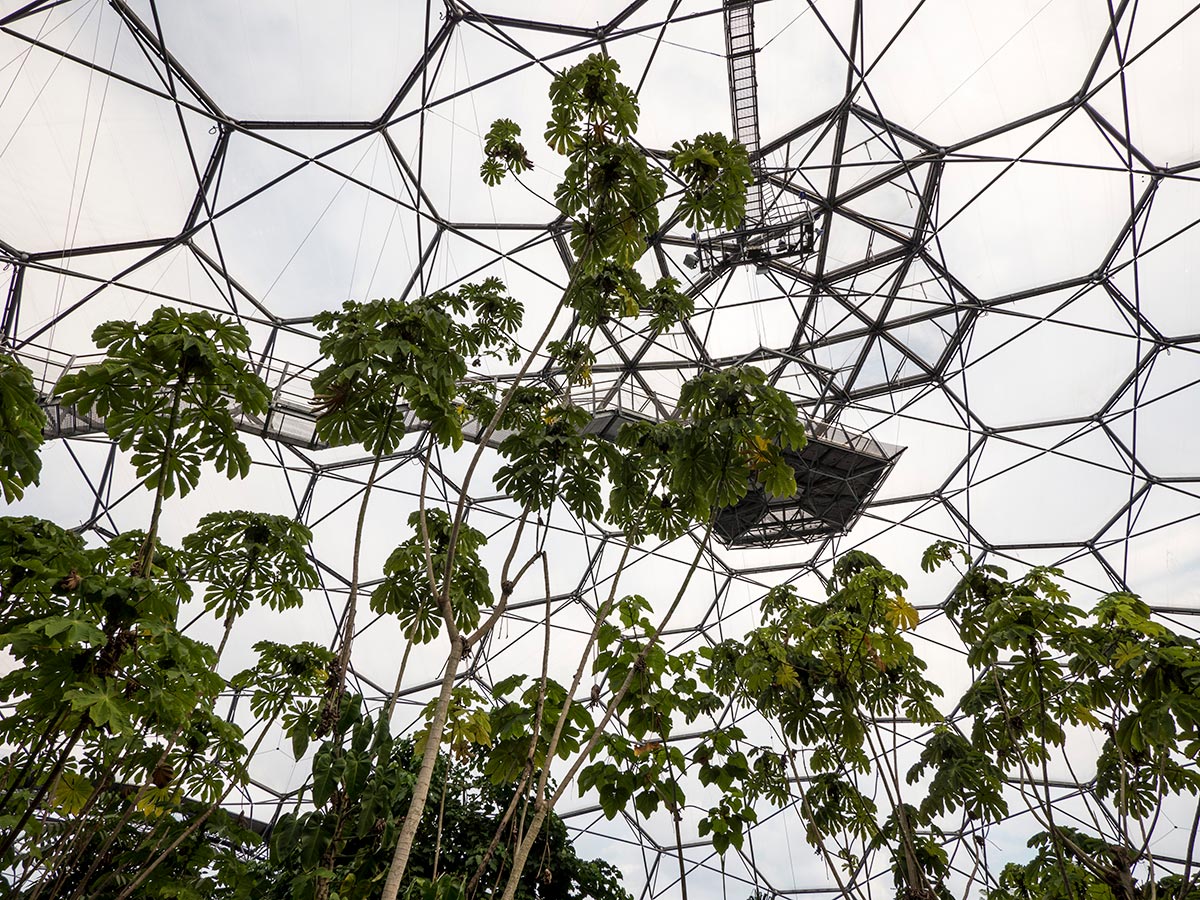
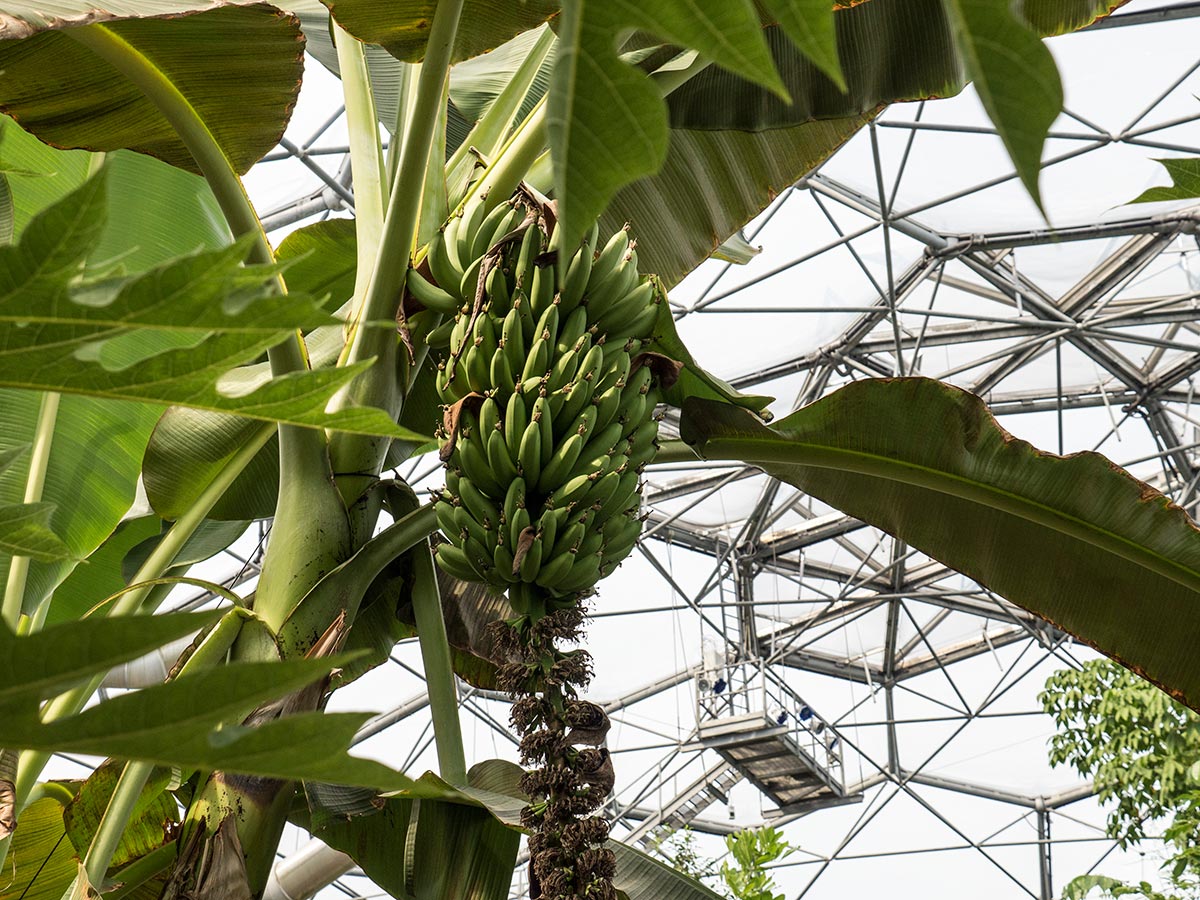
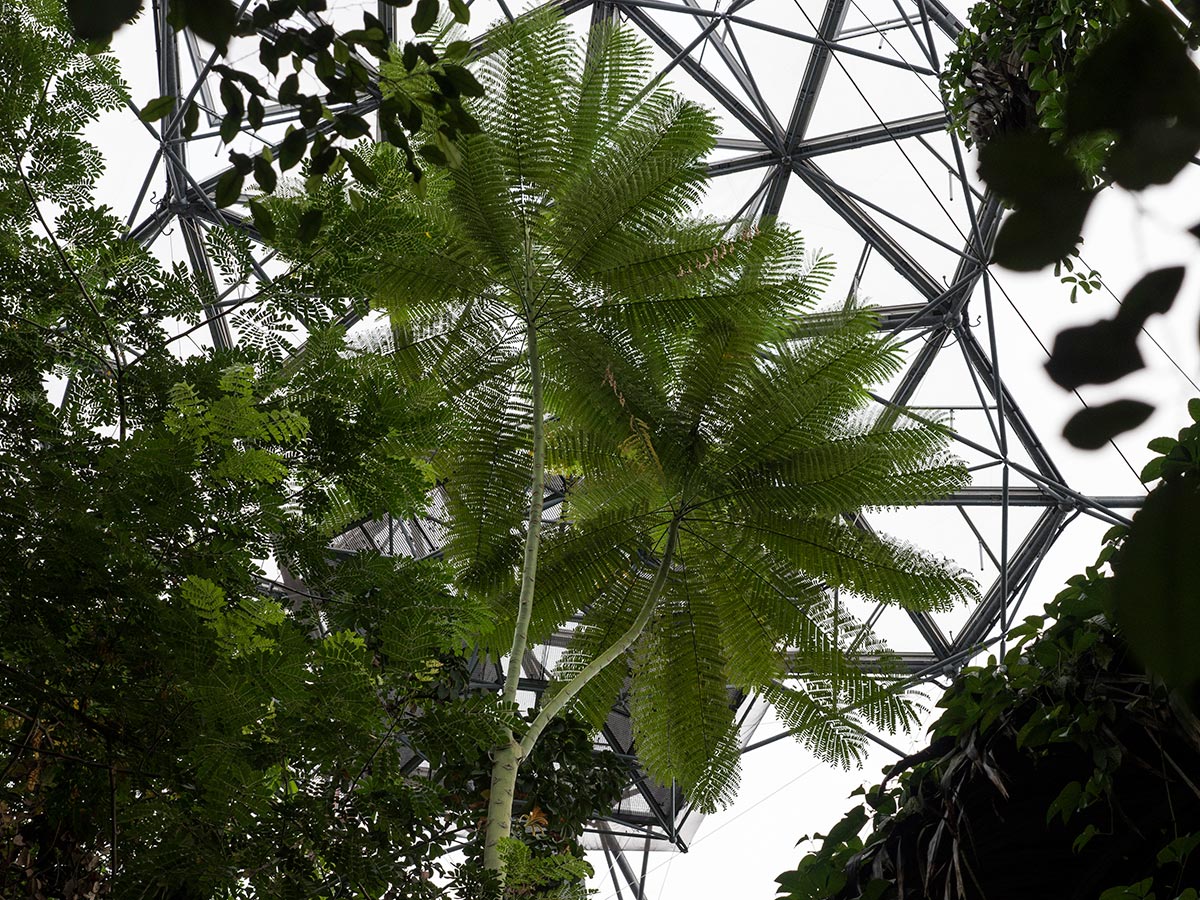
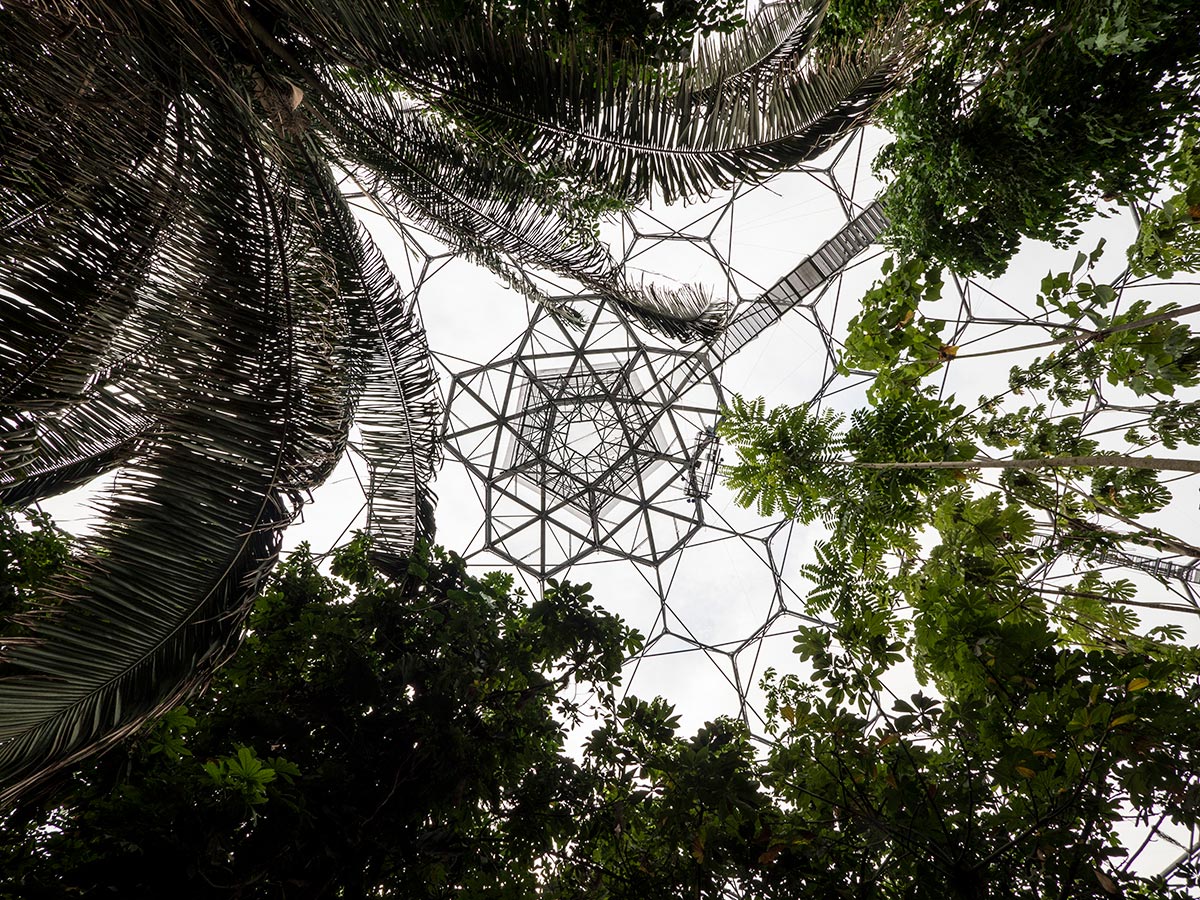
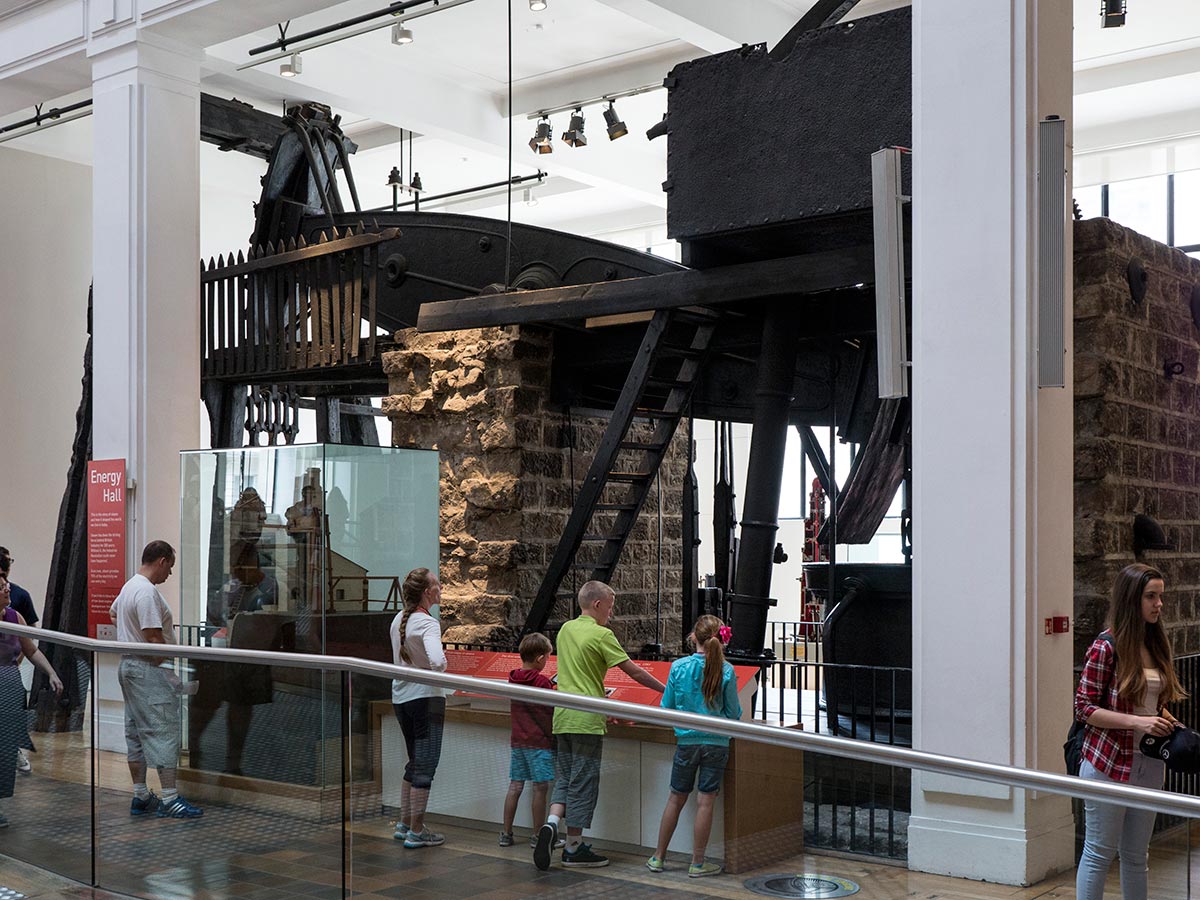

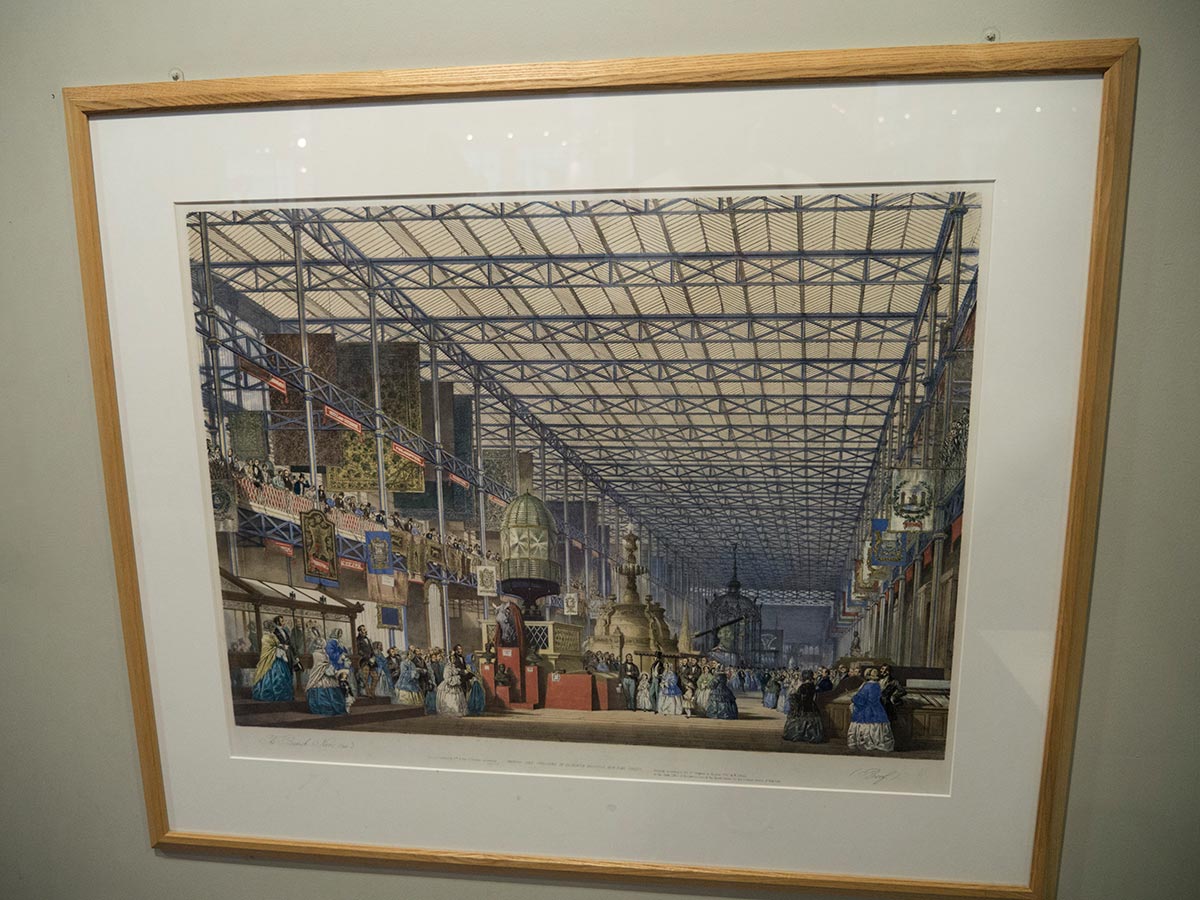
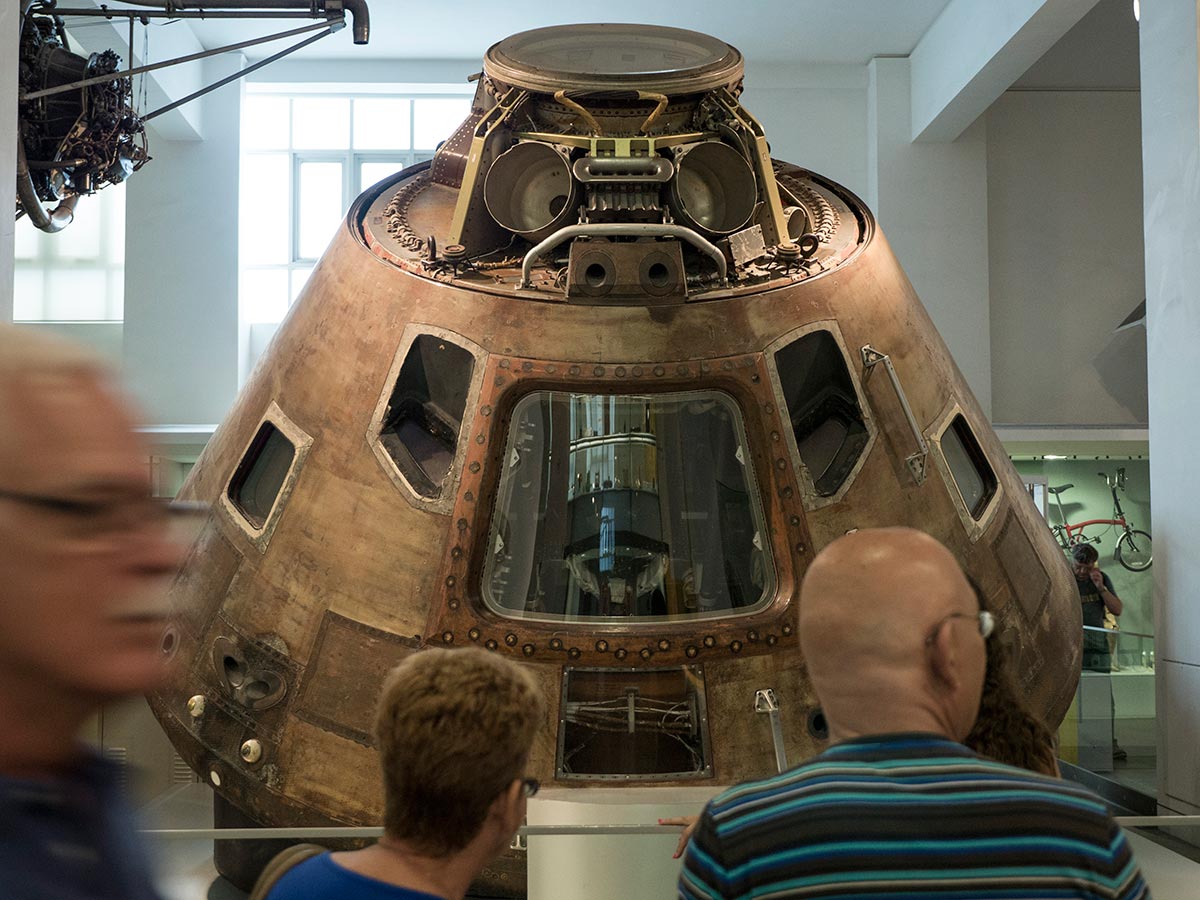
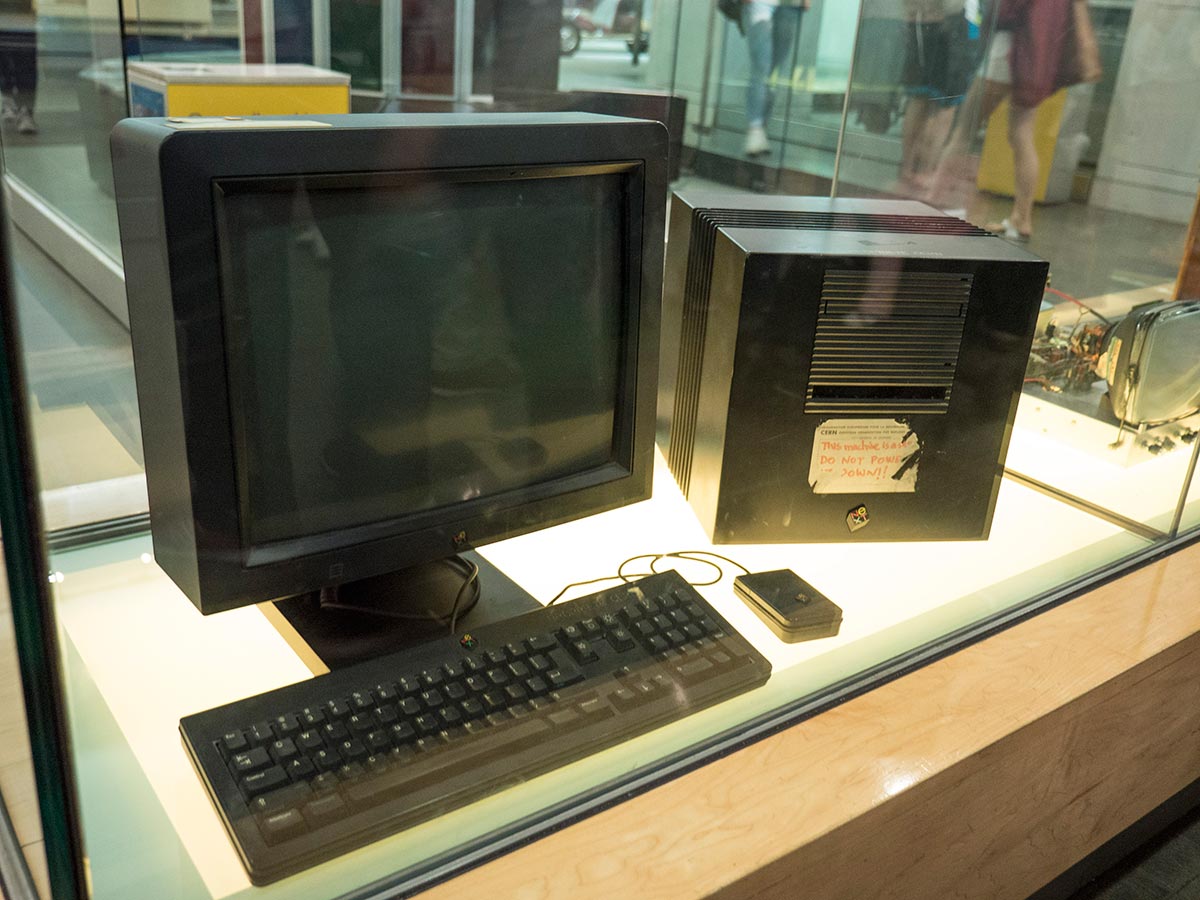
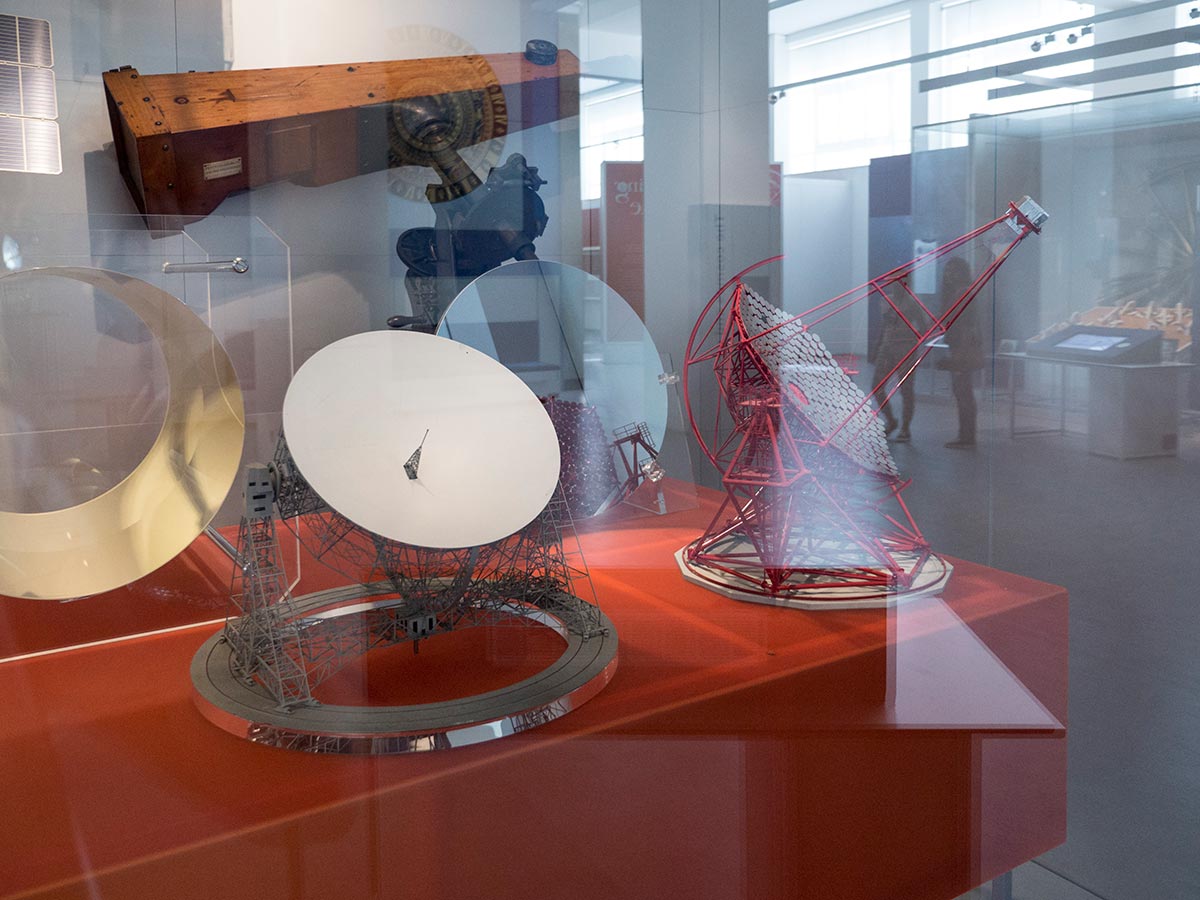
Post a Comment